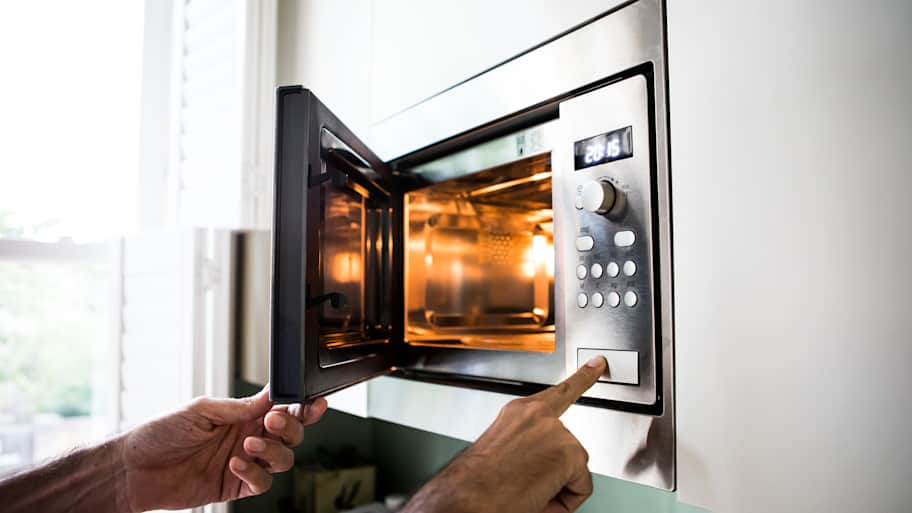
Call in the professionals when your delicate drapes need a deep clean. Let's take a look at drapery cleaning costs and which factors can sway the price tag.
Because a dusty pillow is a nightmare


You probably wash your sheets weekly, your duvet cover monthly, and your quilts every few months (give or take, right?). Maybe you even have a reminder somewhere to flip your mattress every six months. But what about your pillows?
Pillows collect hair, skin cells, drool, and sweat, and can be a breeding ground for bacteria, germs, and even dust mites. You lay your head on them every night, but are you cleaning them often enough? Or...ever?
As it turns out, you should wash your bed pillows at least twice a year to keep them fresh and germ-free. We’ll show you how.
First, you need to make sure that your pillows are machine washable. Most are, but down or synthetic feather pillows may have different washing instructions. If your pillows are old and don’t have a tag, err on the side of caution; the last thing you need is a washer full of cotton or feathers that can clog up your hoses.
If your pillows have any stains, it’s best to spot treat with a stain remover before tossing them in the wash. Most store-bought spot treatment solutions involve wetting the stained area, applying the solution, rubbing it in, and letting it sit for a specified amount of time.
If you know the cause of the stain, such as lipstick or make-up, be sure to choose a spot treatment solution that will meet your specific needs. Be sure to read the directions on any spot treatment solution you purchase to avoid inadvertently damaging your pillows.
If you try to wash one pillow at a time, your load will be unbalanced, the detergent and water won’t work through evenly, and your spin cycle is likely to turn into a noisy disaster. Do your best to load at least two pillows into your washing machine at a time so everything stays balanced, and your pillows get as clean as possible.
When washing your pillows, use a mild liquid detergent, as powdered detergent will leave a residue on your pillows. You can also save the fabric softener for your sheets as it’s not necessary for pillows.
If your washing machine has an agitator, make sure you run your pillows on the gentlest cycle so they will agitate for the shortest amount of time. Agitators can wreak havoc on your pillows, especially if the fabric is old. Another option is to take a trip to the laundromat to use a front loader without an agitator.
After the wash cycle, run a second rinse on your pillows to ensure that all the soap is rinsed out. Any leftover detergent will dry in your pillows and can cause allergic reactions and itchiness when you sleep on them.
Here’s where the tennis balls and socks enter the picture. Toss your pillows in the dryer with tennis balls wrapped in socks to fluff them back up. If you don’t have socks and tennis balls, throw in a couple of towels to help speed up the drying process.
Don’t use the auto-dry setting on your dryer for this cycle—you’ll need to run your pillows for at least an hour with moderate heat to get them fully dry. If you have a clothesline and the weather is mild, you can hang them out to dry.
If you don’t dry your pillows all the way through, they can grow mildew. Check your pillows thoroughly to make sure that they’re really dry all the way through.

Once your pillows are (thoroughly) dried, you can put them back on the bed. You may want to think about adding a pillow cover under your pillowcase for an added layer of protection. Just be sure to launder this once a week with your sheets.
If, after laundering your pillows, you find that they just won’t get clean, it’s probably time to toss them and get new ones. Pillows that are seriously stained, won’t hold their shape, or have flattened out need to be replaced. Consider it a necessary luxury!
From average costs to expert advice, get all the answers you need to get your job done.

Call in the professionals when your delicate drapes need a deep clean. Let's take a look at drapery cleaning costs and which factors can sway the price tag.

Planning ahead helps ensure an efficient, budget-friendly move. Learn how much move-out cleaning services cost based on factors like home type and size.

Discover the average acoustic ceiling cleaning cost, what affects pricing, and how to save. Get expert tips to budget for your acoustic ceiling cleaning project.

Everyone wants their bathroom to be sparkling clean and to look brand new, but properly cleaning your shower tile and grout can be tough. That’s why following these tips from the pros is essential to ensure that your bathroom looks impeccable 24/7.

Looking for tips for microwave cleaning? We’ve assembled seven that’ll have your favorite kitchen shortcut looking (and smelling) as good as new in a flash.

Many busy homeowners ask, "Can I hire someone to clean my washing machine?" Of course you can. We share the best pros to work with.